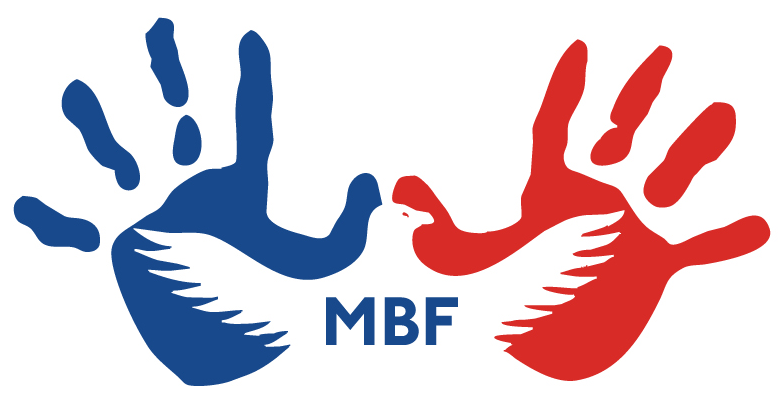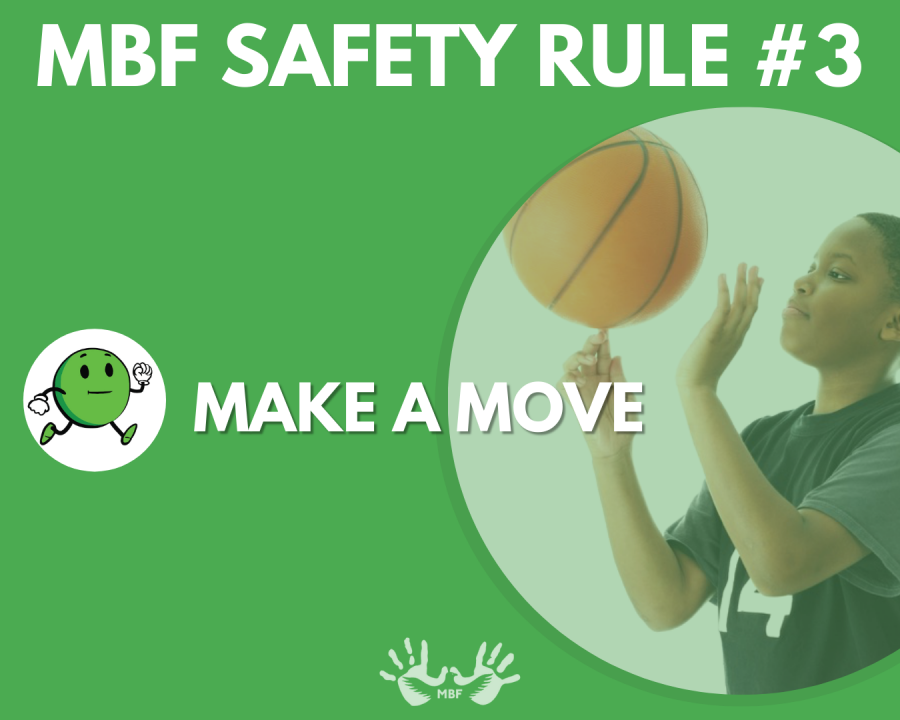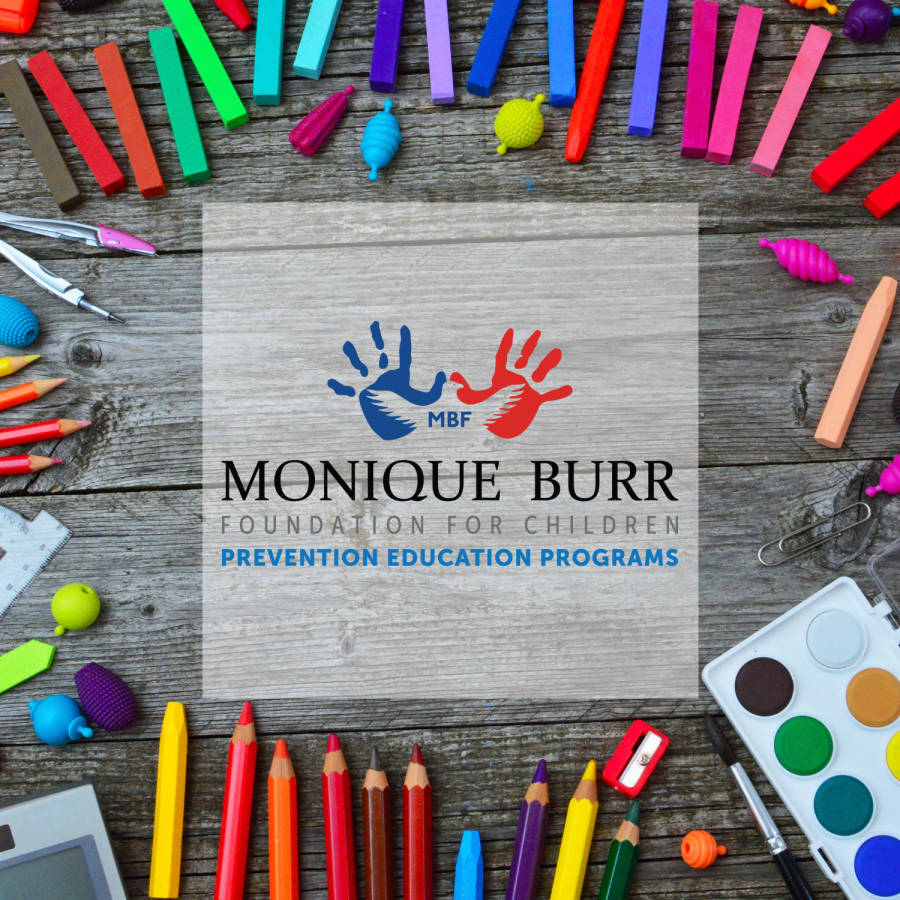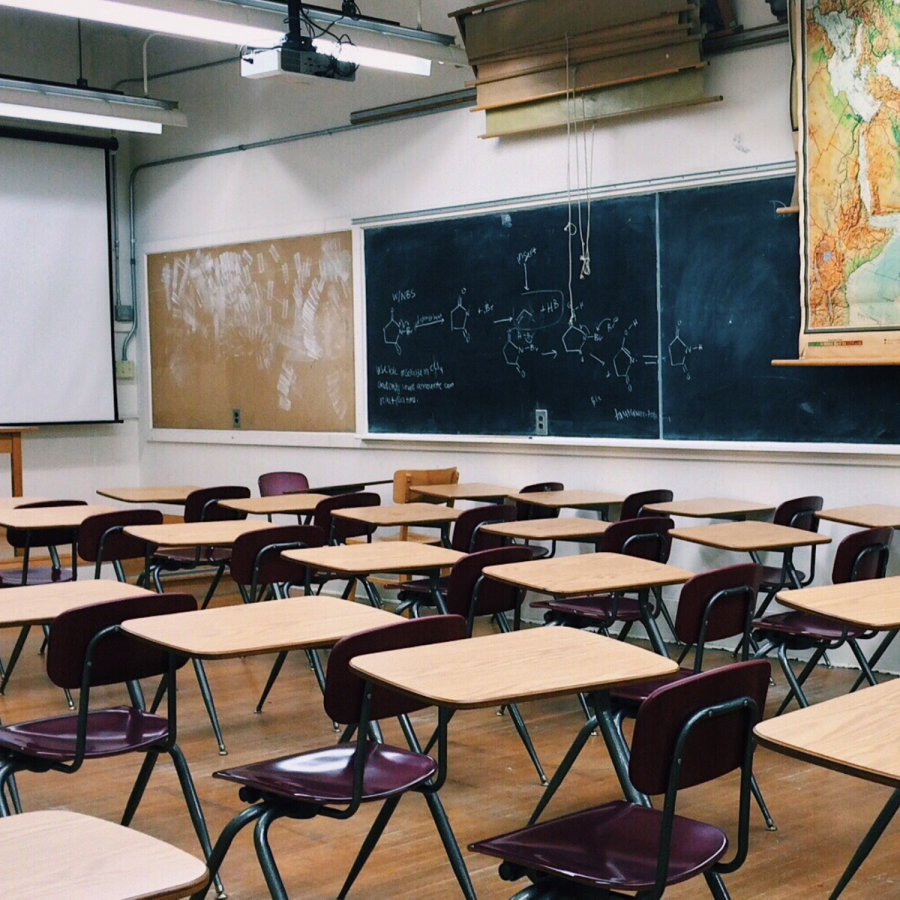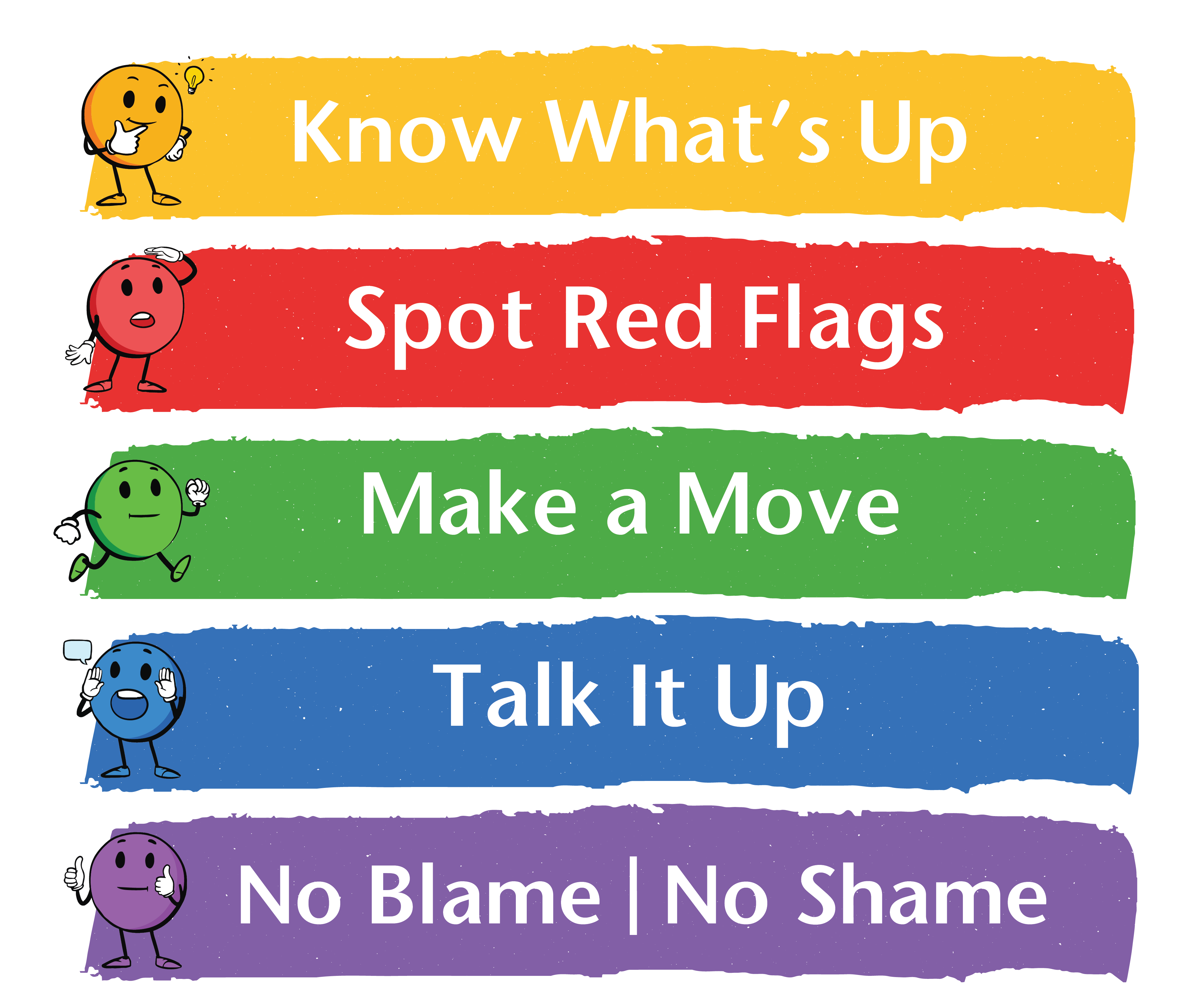 MBF Safety Rule #3 is Make a Move. This rule is applicable to both children and adults. When a child spots a Red Flag and understands they may be in an unsafe situation, it’s time for them to use Safety Rule #3 to Make a Move. This means that if they know a situation or a person is not safe, they should get away and/or stay away from that situation or person. For adults, it means if they recognize a child is in danger or is being harmed, or if a child tells them about an unsafe situation, they should Make a Move to ensure the child is safe.
MBF Safety Rule #3 is Make a Move. This rule is applicable to both children and adults. When a child spots a Red Flag and understands they may be in an unsafe situation, it’s time for them to use Safety Rule #3 to Make a Move. This means that if they know a situation or a person is not safe, they should get away and/or stay away from that situation or person. For adults, it means if they recognize a child is in danger or is being harmed, or if a child tells them about an unsafe situation, they should Make a Move to ensure the child is safe.
So how does this rule work in everyday situations?
Make a Move from BULLYING:
More than one out of every five students report being bullied. Bullying is repeatedly harassing, threatening, or insulting another child when one child is or seems more powerful. Bullies pick on others for a variety of reasons, but sometimes the child that is bullying others feels that they need power and control, or they need to make themselves feel better.
Whatever the reason bullying happens, the Safety Rules can help. There are several ways children can Make a Move to stop bullying:
- If they are being bullied, a child can try to avoid places where the bullying usually happens, and they can Stay Away from those places.
- If they do encounter bullying, they can try to Get Away to a safe place as quickly as possible.
- If they know of another child being bullied, they can Make a Move and help that person by being a friend and helping them Get Away and Stay Away from the bully. Many times, when there are others present, bullying will stop.
- They can also Make a Move to stand up to a bully. When a bystander becomes an upstander and stands up to a bully, more than half of the time, the bullying stops within 10 seconds.
If an adult becomes aware of bullying, they too can Make a Move. They can:
- help the child being bullied develop a safety plan and rehearse ways to respond, including how Make a Move to Get Away.
- contact the school or place where the bullying is happening. Most states have laws that require schools to intervene in bullying and cyberbullying situations.
- help the child cope with the effects of bullying, which is often damaging to their self-esteem and may cause a variety of other negative effects.
Make a Move from CHILD ABUSE:
Many times, children are taught to avoid strangers by well-meaning adults who think that will keep them safe. Yet, it is hard to avoid strangers. Adults speak to strangers every day, for example when they’re at a store, or just saying hello in passing to be polite.
It often becomes common for children to think that “bad-looking” strangers are dangerous and “nice-looking” strangers are okay. However, children must be taught that no one can tell if strangers are nice or not nice just by looking at them, and that they should be careful around all strangers. If a child needs help (for example, if they are lost) it is best for them to look for an adult with children in a very public place with many people around to ask for help.
While it is true that strangers do occasionally abuse or hurt children, most of the time when a child is abused, it is by someone that a child knows, loves, and trusts. In fact, 90% of child abuse is perpetrated by a member of their family (including a parent or guardian, a brother or sister, an aunt, a cousin, etc.), or a family friend, neighbor, teacher, coach, or someone the child and family knows well and trusts. Child abuse may even be perpetrated by another child.
Abuse is defined as any willful act, or threatened act, that results in any physical, mental, or sexual injury or harm, that causes, or is likely to cause, the child’s physical, mental, or emotional health to be significantly impaired and includes four types: physical abuse, emotional abuse, sexual abuse, and neglect.
By using the 5 Safety Rules, when a child Knows What’s Up and has Spotted a Red Flag, they will be better equipped to Make a Move. One of the most important things that children need to know and understand to keep themselves safe is personal boundaries. Comfortable personal space between a child and another person is different from relationship to relationship. To help them stay safe, children should be taught that an adult or another child violating their personal boundaries, even in small ways such as giving unwanted hugs, asking the child to sit on their lap, tickling them, or walking in on the child while they are undressing, is a Red Flag and the child should Make a Move and Get Away.
Adults who suspect a child is being abused must also use Safety Rule #3 and Make a Move. They should:
- help the child stay away from people who are violating their personal boundaries or displaying grooming behaviors.
- not force affection on a child, this includes hugs from relatives, etc. without the child’s permission.
- report any suspicions of abuse to their state’s child welfare organization. State agency and contact information can be found at childwelfare.org/organizations. In Florida, call 800-96-ABUSE.
- help the child cope with the effects of abuse, which are often devastating. Professional counseling can help and is often very much needed.
Make a Move from DIGITAL ABUSE:
Children need to learn the Safety Rules to help them stay safe in the real world, both online and off. If they are on the Internet, have, or have access to, a phone, computer, or tablet, they are at risk from online predators, and they should be taught the Red Flags that warrant them Making a Move.
They need to understand that not everyone online is who they say they are and that they can use Safety Rule #3 to Make a Move to stay safe online as well. They can:
- keep their personal information private.
- get Away from an online site or person if that person begins asking them personal questions or asking them for pictures.
- stay away from websites and apps that aren’t approved by their parent or guardian.
Learn More
As a parent, professional, or community member, it is important to know the 5 Safety Rules that will help you protect children. MBF offers parents, professionals, and concerned community members a variety of resources to help protect children:
- Visit Online Training to take any of our free, one-hour online courses to learn more about pertinent topics related to child safety:
- Recognizing and Reporting Child Abuse/Neglect
- Real-World Safety: Protecting Children Online and Off from Bullying, Cyberbullying, and Digital Abuse
- Protecting Children from Child Sexual Abuse
- Preventing, Recognizing, and Responding to Human Trafficking
- Download the “Child Safety Matters” app at no cost from the App Store or Google Play to learn about the 5 Safety Rules and how to become a champion for children.
It’s an adult’s job to protect children, however, it is also important for children and youth to learn prevention strategies to help protect themselves from all types of victimization. Teach them the 5 Safety Rules, and check with your child’s school to see what type of prevention/safety program they may be using. If they are not using a program, encourage them to learn more and use MBF Child Safety Matters® for elementary schools, MBF Teen Safety Matters® for middle schools, MBF After School Matters® for after-school and other youth-serving organizations, and MBF Athlete Safety Matters® for youth sports groups.
See MBF Safety Rule #4 – Talk It Up.

